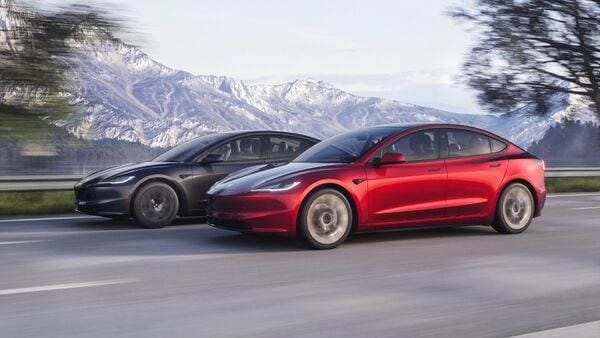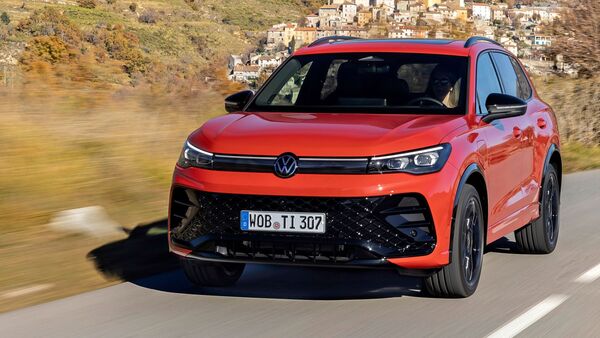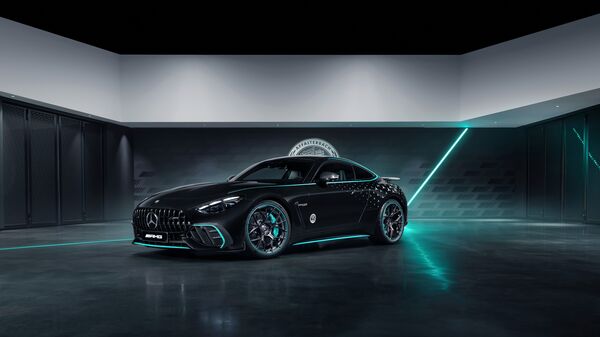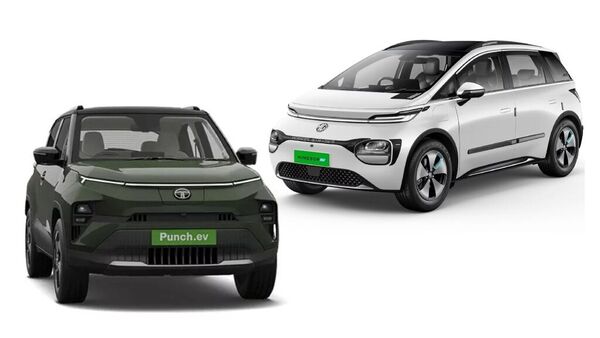
Technological powerhouses lag behind in EV adoption. Here’s why
5 months ago | 22 Views
As the world moves towards more sustainable transportation options, electric vehicles (EVs) have emerged as a promising substitute for traditional gasoline-powered cars. These EVs are not only heralded as the future of transportation but also are looked upon as one of the most technologically advanced way of mobility.
However, the adoption of EVs has been slow in some key markets, including Japan, South Korea, and the United States. Despite having the necessary economic conditions and technological capabilities, these countries have faced unique challenges that have hindered the widespread adoption of EVs.
Japan: A missed opportunity
Japan, known for its innovative technology and strong auto industry, should have been a frontrunner in the EV market. However, EVs made up only 1.8 per cent of new cars sold in Japan last year, a surprisingly low figure given the country's high rates of new-car purchases and a culture that generally embraces technology. One of the main reasons for Japan's slow adoption of EVs can be traced back to a decision made a decade ago to heavily invest in hydrogen fuel-cell technology. This bet, led by Toyota Motor has left Japan lagging behind in the EV race.
Japan's preference for small, economical city cars, known as kei cars, has also contributed to the slow adoption of EVs. These cars dominate the EV market in Japan, with models like the Nissan Sakura being popular choices. However, these small EVs have slim profit margins, making it difficult for automakers to turn big profits. Additionally, Japan's infrastructure for EVs is subpar, with just 30,000 charging connectors in the country, leading to charger anxiety among Japanese EV owners.
South Korea: Stalled progress
South Korea, home to Hyundai Motor Group and Kia Corp., has seen some success in EV production but has struggled to drive domestic demand. Despite being home to three of the world's five biggest battery makers, South Korea's EV sales have remained stagnant at 6.2 per cent of new cars, even after passing the 5 per cent threshold that typically accelerates EV adoption.
One of the main obstacles in South Korea is the lack of access to home chargers, particularly in high-rise residential apartment complexes where many Koreans live. Concerns about charger availability and safety, particularly the risk of battery fires in high-rise buildings, have dampened enthusiasm for EVs.
United States: A slow transition
In the United States, EV adoption has been slower than expected, despite a 50 per cent increase in sales last year. The country has one high-speed charger for every 555 EVs on the road, which is similar to its ratio of gasoline-powered cars per fuel pump. The US has also faced challenges related to range anxiety and a limited variety of EV options, particularly in the large SUV and pickup truck segments that are popular among American consumers.
Looking ahead
Despite these challenges, there are signs of progress. Falling battery prices and an increasing number of EV models with ranges exceeding 300 miles (482 kms approx.) are making EVs more appealing to consumers. As EVs become more accessible and infrastructure improves, countries like Japan, South Korea, and the United States may see a more rapid adoption of this transformative technology. However, it will require concerted efforts from governments, automakers, and consumers to overcome the remaining hurdles and fully embrace the EV revolution.
Read Also: husqvarna svartpilen 401 to get apollo tramplr tyres instead of pirellis. here’s why





















